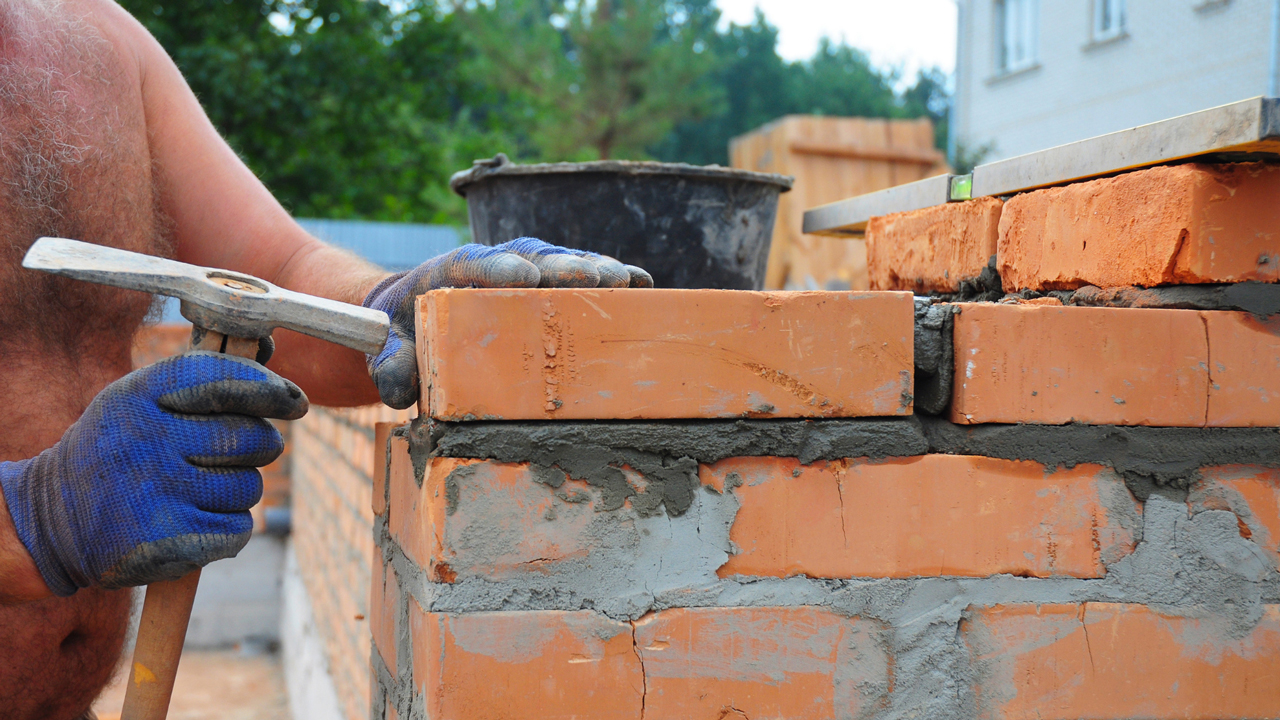
Bricklaying, an age-old craft steeped in history, stands as a testament to the enduring artistry and structural reliability that bricks bring to construction. From the facades of ancient Mesopotamian temples to the grandeur of European cathedrals, the story of bricklaying is intertwined with the evolution of human architecture.
Originating around 4000 BC in Mesopotamia, bricklaying has been an essential building method across civilizations. Egypt's iconic pyramids showcase the durability and ingenuity of brickBrick is a building material made from clay, sand, and water, molded into rectangular blocks and fir... structures. In medieval Europe, bricklaying flourished, leaving an indelible mark on castles and cathedrals.
The art of bricklaying relies on a set of fundamental tools:
Bricklayers employ various techniques, each contributing to distinct patterns:
Beyond its utilitarian aspects, bricklaying or paving is an art form. Bricklayers skillfully weave bricks into intricate patterns, creating visually appealing structures. The ability to play with textures and finishes elevates bricklaying beyond a mere construction method.
Bricklayers shoulder the responsibility of constructing the foundations of our daily lives. From homes and schools to hospitals, their work forms the backbone of our infrastructure. Their expertise is not only in building but also in the maintenance and restoration of these structures.
In an era where sustainability is paramount, bricklaying emerges as an environmentally friendly trade. The longevity of brick structures, combined with the recyclability of bricks, aligns with the principles of sustainable construction.
As demand grows with an expanding population, the need for skilled bricklayers is set to rise.
While modern construction brings new challenges, skilled bricklayers navigate them with precision. The demand for intricate designs and custom structures necessitates not just technical expertise but also an artistic flair.
Bricklayers today are not just builders; they are artists, sculpting structures that stand as a testament to human creativity.
In a world where mass production often takes precedence, the artisanal craftsmanship of bricklaying stands out. Every brick laid is a product of careful consideration, an individual piece contributing to a larger, harmonious whole. This attention to detail and commitment to quality define the art of bricklaying.
Architects recognize the value of bricklaying in adding character to structures. The flexibility offered by bricks allows architects to experiment with innovative designs, creating structures that seamlessly blend aesthetic appeal with structural integrity. The collaboration between architects and bricklayers is integral to achieving architectural excellence.
As the demand for skilled bricklayers grows, educational and training initiatives play a vital role. Institutions and programs dedicated to masonry ensure that the art of bricklaying is passed down to future generations.
These initiatives foster a new breed of craftsmen equipped with both traditional techniques and modern knowledge.
In the grand narrative of construction, bricklaying remains a cornerstone. Whether in the creation of a modest garden wall or the restoration of a historic structure, the legacy of bricklaying endures. It's a craft that transcends time, leaving an indelible mark on the buildings and landscapes it graces.
At West Hills Masonry, we bring your architectural dreams to life. Our seasoned craftsmen blend traditional expertise with cutting-edge techniques, creating spaces that stand the test of time. From intricate facades to sustainable structures, we're dedicated to excellence.
Explore the possibilities of paving or bricklaying—where art meets construction. Contact us at 714-519-5009 to embark on your next project, and let's build a legacy together. Your vision, our craftsmanship—because every brick tells a story.
 Carlos Gonzales
Carlos GonzalesLocations We Serve
Schedule A Consultation